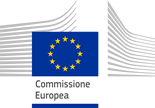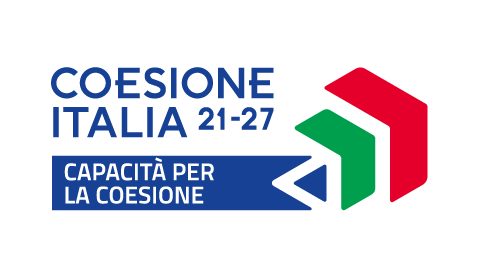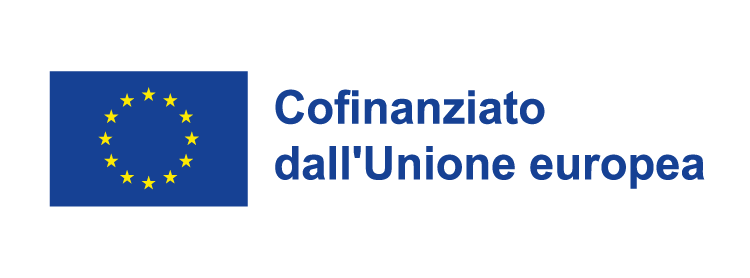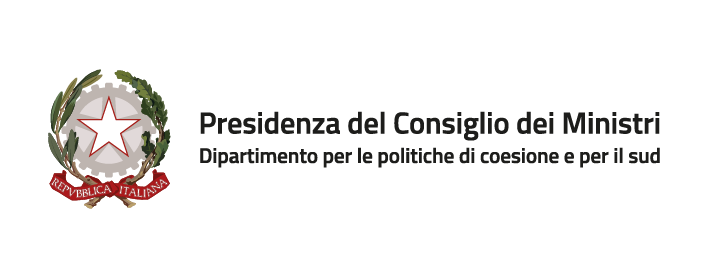
Satellite Monitoring and Its Impact: A Data-Driven Analysis
Introduction
Our STARSCAPE project consists in sponsoring the NOCTUA project, led by D-Orbit, which aims to launch a satellite that monitors urban areas, cultural sites, and natural resources with a high-performance, cost-effective satellite system, bridging accessibility to local administrations and private entities. This Space Segment Development Initiative embarks on a mission to craft a robust, high-performance, and cost-effective system by integrating a satellite platform with Synthetic Aperture Radar (SAR) technology. Prioritizing reliability and cost-effectiveness, the initiative signifies a commitment to innovation, positioning itself as a frontrunner in the realm of space technology. For this reason we decided to analyze data that regards satellites, their effectiveness, and environmental data around Lombardy since that is the area which the NOCTUA satellite targets specifically.
Presence of Natural Disasters throughout the years
The total amount of natural disasters between the years 1980-1999 and 2000-2019 has increased drastically as shown in the dynamic graph linked below. Though this data shows the amount of natural disasters around the world, both Europe and Italy, and more specifically, Lombardy, remain victims of such disasters which destroy or weaken infrastructures and threaten the lives of people. For this reason, satellites which monitor territories are necessary to predict these disasters and ensure that we have enough time to prepare ourselves for them.
Economic Impact of Satellite Monitoring
Analyzing the economic benefits of satellite monitoring reveals substantial savings in natural resource management and urban planning. In Italy, satellite monitoring contributed to a €1.5 billion economic value in 2022, focusing on reducing forest loss, enhancing water management, and monitoring pollution. Analyzing costs and benefits compared to similar satellite monitoring projects globally involves considering launch, construction, operation, and maintenance costs. Notable projects like the EU's "Copernicus," NASA's "Landsat," and the European Space Agency's "Sentinel-1" demonstrate economic viability and significant benefits in environmental monitoring, natural risk management, and scientific progress.
Growth Trends in Lombardy's Space Sector and Satellite Coverage
Various sectors and entities, including public administrations, businesses, and scientific research, utilize satellite data to monitor the environment, urban planning, and security aspects of civil life. Lombardy's space sector saw a 10% growth in 2022, reaching €1.5 billion, driven by research centers, innovative universities, and major space companies. Projections indicate a continued upward trajectory, estimating a sector value of €2.5 billion by 2025. In Italy and Lombardy, a total of 112 satellites operate, including 65 civilian and 47 military satellites. Among them, 24 focus on Earth observation, 10 on telecommunications, 13 on navigation, and 4 on astronomical observations. The significance of Earth observation satellites lies in environmental monitoring, resource tracking, and urban development surveillance.
Environmental Effects and Maintenance Costs of Lombardy Infrastructures
Satellite monitoring has a relatively low environmental impact, mainly during launch and operational phases. Efforts to reduce launch impact include sustainable fuels, while operational impact is mitigated through efficient technologies and waste reduction. The graph below shows the maintenance cost of Lombardy infrastructures in Euros. These numbers can certainly be reduced with the presence of landscape-surveilling satellites such as the NOCTUA one which can help locate and determine with more precision which infrastructures necessitate maintenance.
Conclusion
Through the data that we analyzed, we can conclude that the NOCTUA project brings multiple benefits for everyone residing in Lombardy. Using this satellite, organizations and companies can prevent disasters occurring not only from natural reasons by predicting weather and analyzing terrain, but also those caused by unmonitored and unsupervised infrastructures. Economic viability and benefits are also granted by the launch of this satellite as proven in the many sources linked below.
Sources
- [ISTAT](https://www.istat.it/it/archivio/16777)
- [Noi Italia](https://noi-italia.istat.it/home.php)
- [Italian Statistical Yearbook 2023](https://www.istat.it/it/archivio/291790) - [BES 2022](https://www.istat.it/it/benessere-e-sostenibilit%C3%A0)
- [ISPRAMBIENTE](https://www.isprambiente.gov.it/it/banche-dati)
- [Italian Space Agency](https://www.asi.it/)
- [European Space Agency](https://www.esa.int/)
- [NASA](https://www.nasa.gov/)
- [Lombardy Region](https://www.regione.lombardia.it/)















